The 9-day trip of the training team, service dogs in particular and the Vietnamese delegation in general was evaluated as excellent through the report of Major General Pham Van Ty, Deputy Director of the Department of Rescue and Relief - Commander-in-Chief of the forces of the Vietnam People's Army, at Noi Bai Airport (Hanoi) on the evening of April 8.
Trainers and sniffer dogs leave Myanmar to return home
PHOTO: NVCC
During the mission, each soldier has his own impressions and memories. For Lieutenant Colonel Nguyen Trung Kien, this was the first time he performed a rescue mission abroad.
LIVE: Images from Myanmar on Day 4 after the Earthquake; The Miracle of 60 Hours of Survival in the Ruins
10 steam sources discovered 16 bodies
Lieutenant Colonel Kien remembers clearly the afternoon of March 31, when he and the Vietnamese rescue team arrived in Myanmar. Witnessing the collapse there, everyone was heartbroken by the catastrophic devastation of the natural disaster. With the spirit of "searching for victims in the rubble like searching for relatives", everyone was anxious and wanted to help the people of Myanmar immediately.
Colonel Kien recalled that after being stationed in the capital Naypyidaw, the Myanmar side discussed and showed the Vietnamese delegation two collapsed locations: the Bala Tidi apartment complex and the Oattara Thiri private hospital. The delegations had come to these two locations and rescued some people from the rubble, but many people were still missing.
Area where sniffer dogs detect vapor source in rubble
PHOTO: NVCC
After receiving the location, at 5:00 p.m. on March 31, Lieutenant Colonel Nguyen Trung Kien proposed to bring in a sniffer dog to check and determine the source of the vapor. After about 10 minutes at the scene, the dog Chi Nop, trained by soldier Dinh Manh Tien, discovered the source of the vapor inside the Bala Tidi apartment building.
Seeing Chi Nop bark, two other dogs outside hid in the cracks next to him and barked. Soldier Dinh Manh Tien placed a flag to mark this location. From that location, on the morning of April 1, the team brought out the body of the 74-year-old man.
20 minutes after Chi Nop discovered the first source of the scent, the dog Loc Xa, trained by soldier Nguyen Van Linh, continued to bark to signal. After that, the team brought in another dog, Ja Vo, trained by soldier Pham Minh Huong, to cross-check. At this time, both dogs barked to signal the scent. "When the scent was signaled by both dogs, we were extremely confident that there was definitely someone there," said Lieutenant Colonel Kien.
At 5:30 p.m. the same day, the dog Loc Xa continued to bark as a signal. Immediately, the team brought in Olat - a dog that had participated in the search and rescue in Lang Nu, trained by Major Doan Van Hoan, to cross-check and this dog also barked, confirming the source of the scent.
10 steam source locations all detected earthquake victim bodies, 100% accuracy rate
PHOTO: NVCC
On April 1, military engineers searched the marked locations and brought out four bodies. These were the victims identified as missing in this apartment building.
At around 11:30 a.m. on April 1, the military team arrived at Ottara Thiri Hospital for rescue. Through the Vietnamese defense attaché in Myanmar, Lieutenant Colonel Kien had a discussion with the hospital leadership about the most heavily collapsed area and learned that several rescue teams had arrived at the hospital to rescue victims and bring out some bodies, but there were still about 10 victims trapped inside.
Eager to find and rescue victims, Lieutenant Colonel Kien proposed to search during the afternoon and the commander agreed. At around 12:20, Javo, a dog trained by soldier Pham Minh Huong, and Zunka, a dog trained by soldier Nguyen Tuan Anh, both discovered a source of smoke in room 2104 and started barking. That afternoon, the engineers found three dead victims.
At 3:30 p.m. the same day, the dog Locxa discovered another location suspected of having a victim trapped and died. After searching, the engineering force found two victims lying next to each other. At 5:30 p.m., the dog Javo discovered another location suspected of having a person trapped. The next morning, the rescue team searched and discovered a victim at this location.
Leave no stone unturned
Lieutenant Colonel Nguyen Trung Kien revealed that after about 6 days of searching, the Vietnamese rescue team discovered and brought out 16 bodies through 10 sniffer dogs.
We thought that there were no more trapped victims at the hospital, but when we received information from the victim's family, they said, "Please try to get my mother out, she is still in there." At this time, even though we had put away all our equipment and prepared to move to a new mission, when we heard the people's wishes, we all turned back to search.
The coach said the trapped girl was one of three people captured on camera, one of whom escaped and one whose body was found.
"After checking, we could not determine which area the victim was in because this location was sealed. After discussing, we decided to change the search method of the sniffer dogs because the entire floor was sealed, the sniffer dogs could not smell. The engineers then drilled holes for the sniffer dogs to search and determine the victim's location," said Lieutenant Colonel Kien, adding that when the body was found, the victim's two children came and clasped their hands in gratitude. They did not think they would be able to find their mother.
Myanmar rescuers learn about service dogs
PHOTO: NVCC
During his 9 days in Myanmar, what impressed Colonel Kien the most was the working spirit of the rescue team. The soldiers always considered searching for victims in the rubble as searching for their own relatives, following the direction of Major General Pham Van Ty. Therefore, when the Myanmar people said "there are still relatives in the rubble", the rescue team immediately rushed to the scene to search until they found the body.
According to Colonel Kien, the Vietnamese delegation coordinated well with the Myanmar rescue force. The two sides communicated in English and "body language". When the commander of your search and rescue force saw the army's service dogs working effectively, they exclaimed, "We don't have service dogs like this." Then, your side suggested to Major General Ty that in the future, defense cooperation should include training human resources and using service dogs.
In addition to detecting the source of the vapor, helping the engineers accurately find the victim's body, the service dog also detects vibrations to signal people to escape safely. "When the vibrations started, the service dog pulled the trainer out. Seeing that, we shouted loudly, stopped the machines, and the earthquake "withdrawn", said Lieutenant Colonel Kien.
Police dog pulls trainer running when it feels earthquake
Mr. Kien shared that when police dogs sense danger, they will not move forward, even if the trainer forces them to.
Revealing more about the difficulties in performing his duties, Lieutenant Colonel Kien said that each natural disaster is different. In Lang Nu, there was a mudslide, in Türkiye and Myanmar, there were both earthquakes but the environmental conditions were different.
He analyzed that in Türkiye, the weather is cold, so human breath will not be mixed in, but in Myanmar, it is hot, so there are not only human breath but also many other breath sources. Moreover, the rubble in Myanmar still has many pieces of glass, so the trainers have to clear the way for the sniffer dogs to find the breath source.
Hot weather in Myanmar makes it difficult for sniffer dogs to find scent sources.
PHOTO: NVCC
"To combat the scorching heat in Myanmar, we divide the dogs into shifts, each pair of dogs works for about 30 minutes and then goes out to rest and be taken care of. Notably, the dogs also have a time to detect the source of the scent, usually from 8-10am in the morning, and from 3:30pm to 5pm in the afternoon. If they don't detect it, they will have to find it the next day," said Lieutenant Colonel Kien.
In addition to the weather, both trainers and service dogs also have to deal with a lack of clean water and insect bites because the capital area of Myanmar has a lot of mosquitoes that can be "snatched" with hands.
During the search and rescue mission after the earthquake in Myanmar, the military team brought along 6 trainers and 6 service dogs. Of these, 3 trainers and 3 service dogs had performed rescue missions in Türkiye, while the remaining 3 trainers and 3 service dogs had performed rescue missions in Lang Nu.
Currently, Lieutenant Colonel Nguyen Trung Kien is managing 32 search and rescue dogs. All dogs have the same abilities as the 6 dogs participating in the mission in Myanmar.
Source: https://thanhnien.vn/chuyen-ve-nhung-chu-cho-nghiep-vu-tham-gia-cuu-nan-dong-dat-o-myanmar-185250409175036893.htm


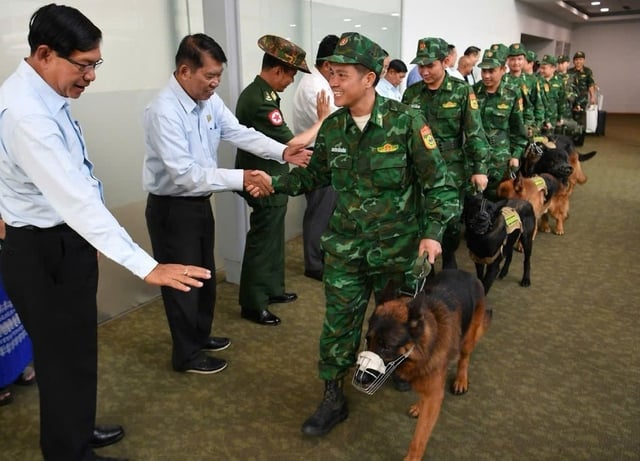
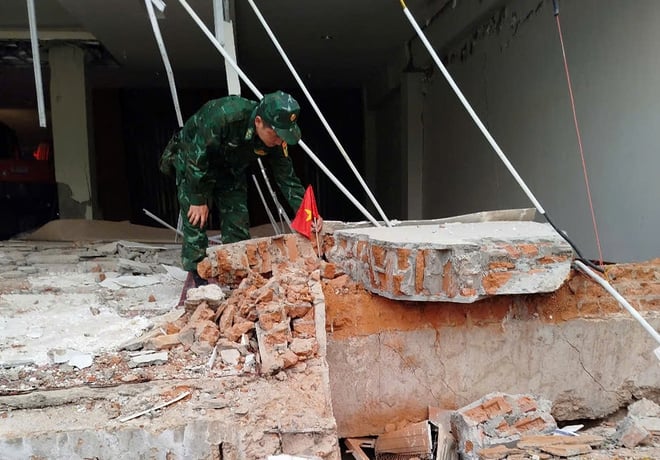
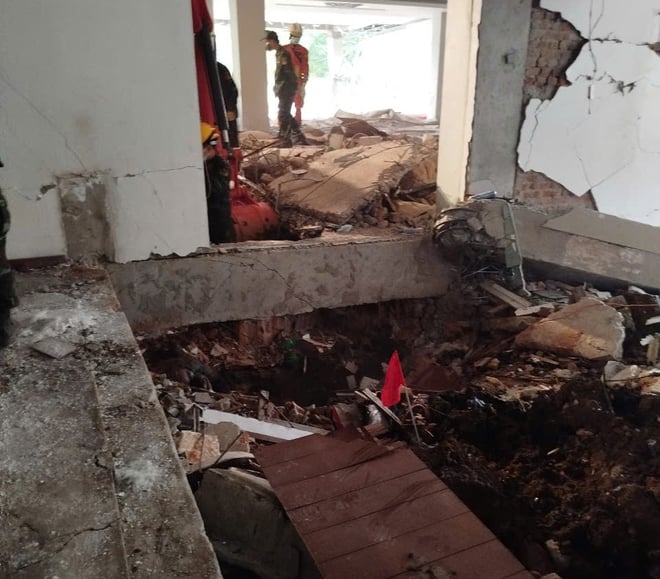
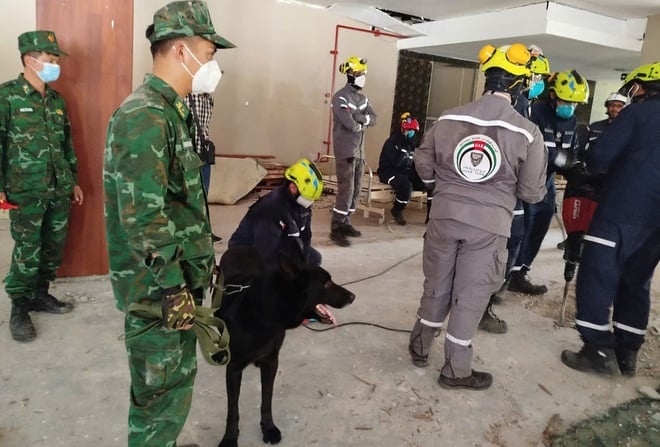
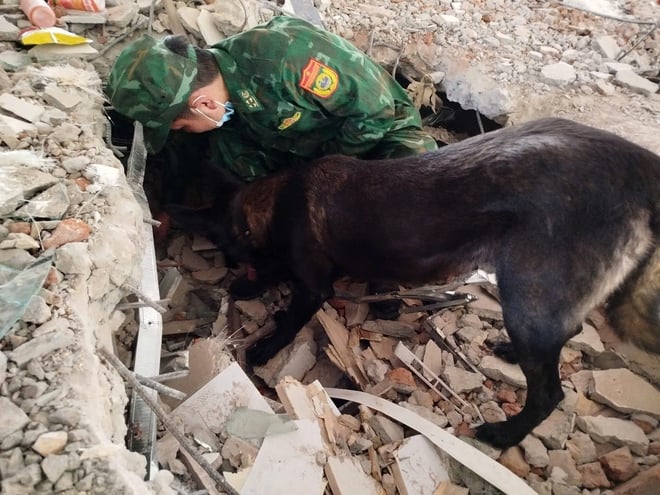
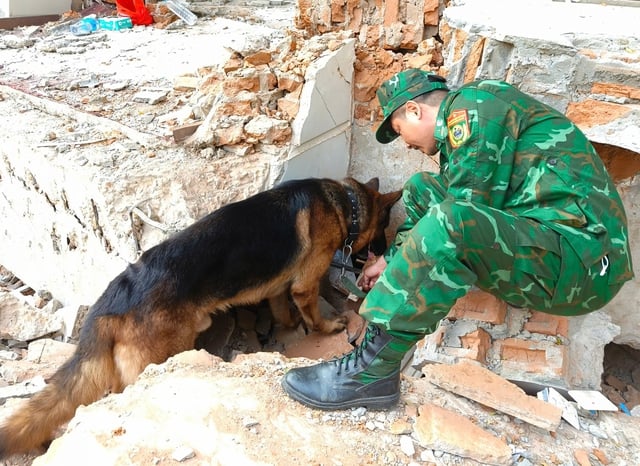
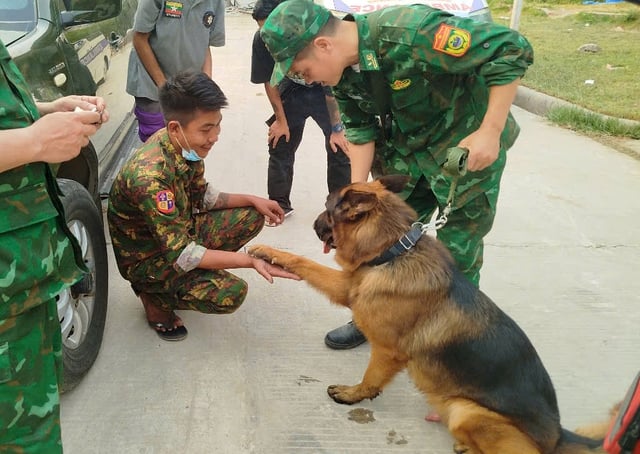
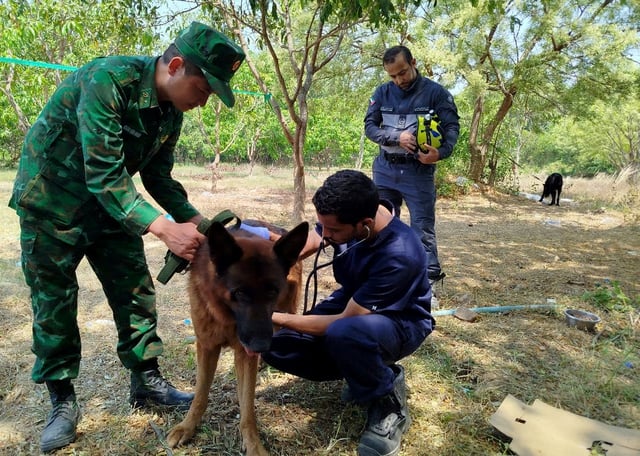
![[Photo] Sparkling lanterns to celebrate Vesak 2025](https://vphoto.vietnam.vn/thumb/1200x675/vietnam/resource/IMAGE/2025/5/7/a6c8ff3bef964a2f90c6fab80ae197c3)


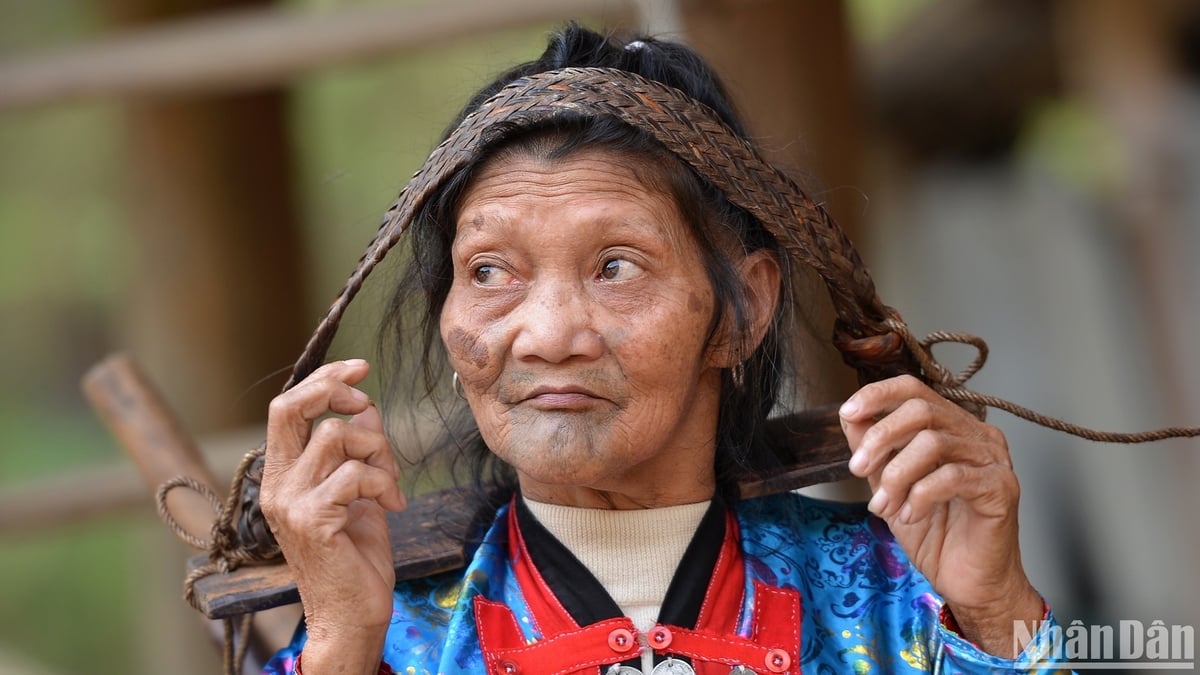




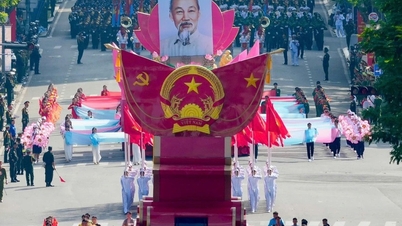
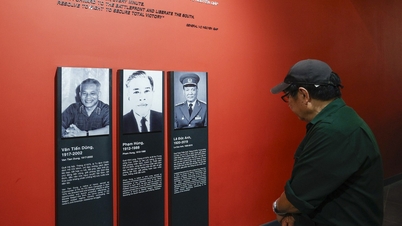

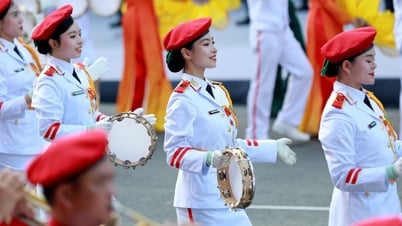


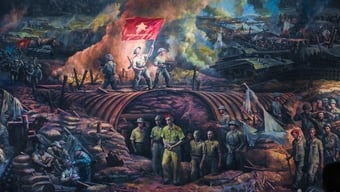

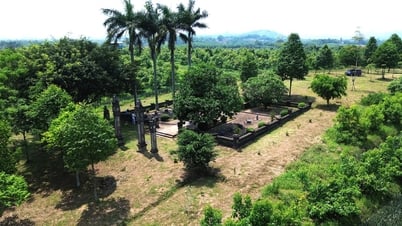

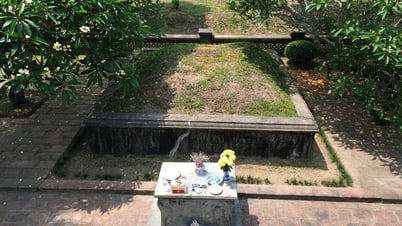
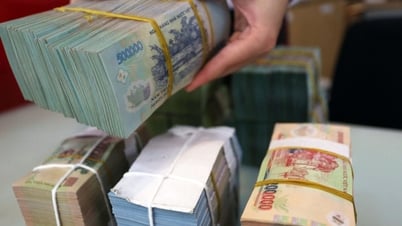


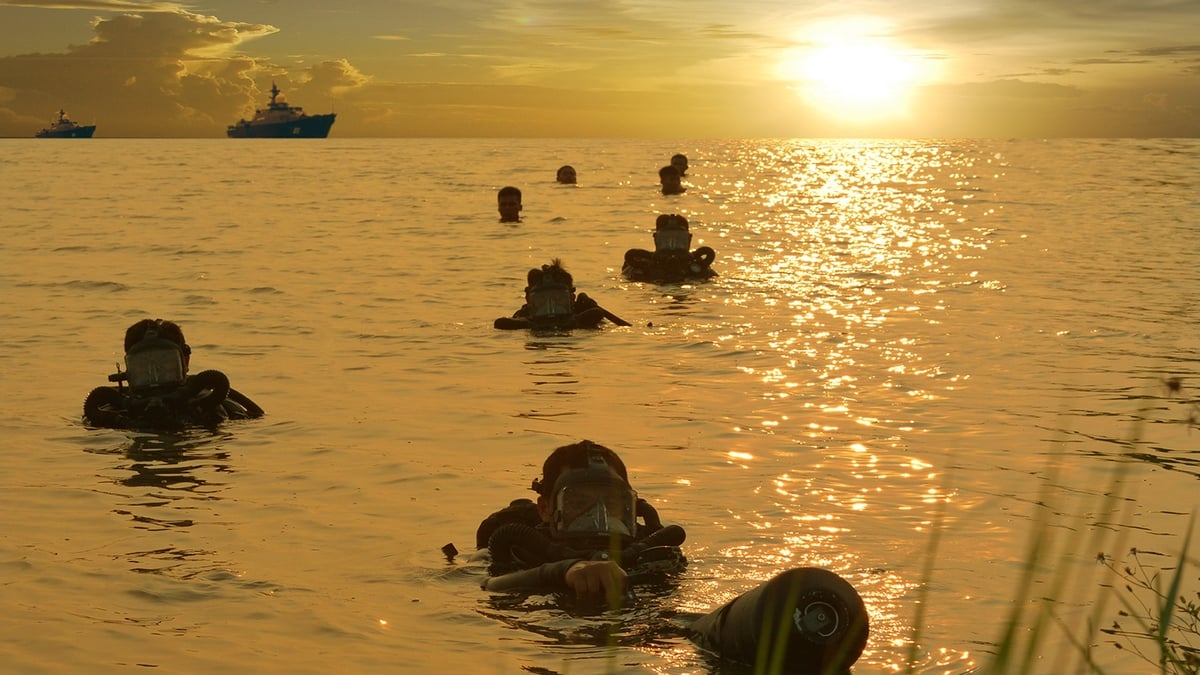
![[Photo] Prime Minister Pham Minh Chinh chairs meeting to review preparations for trade negotiations with the United States](https://vphoto.vietnam.vn/thumb/1200x675/vietnam/resource/IMAGE/2025/5/6/1edc3a9bab5e48db95318758f019b99b)






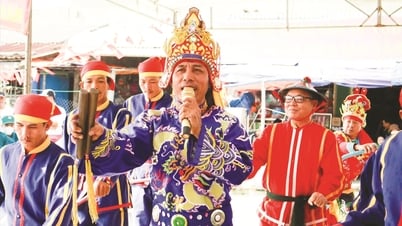

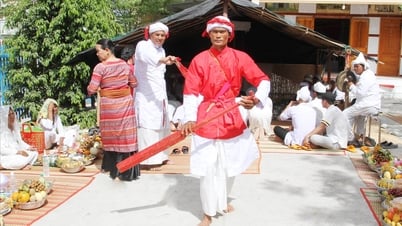



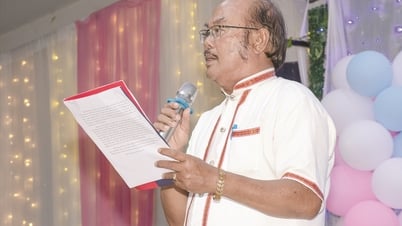
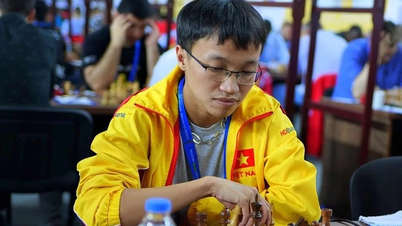

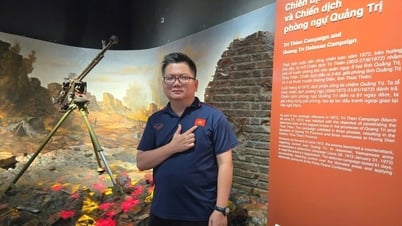







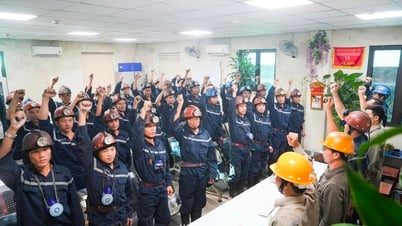





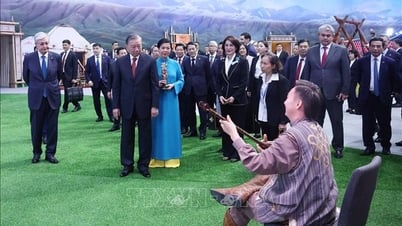
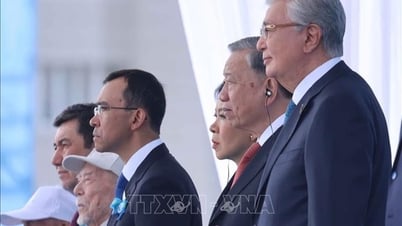


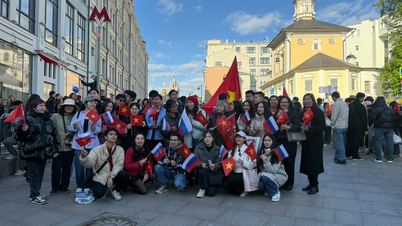







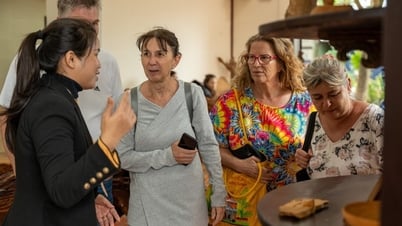




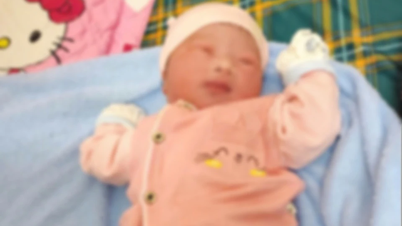
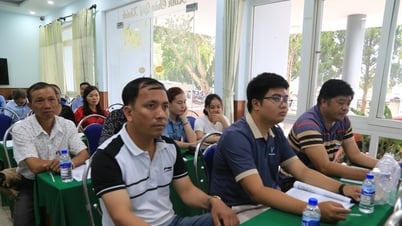






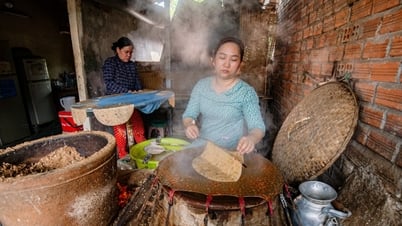







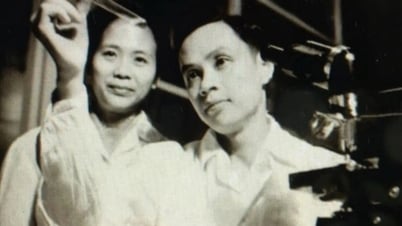
Comment (0)